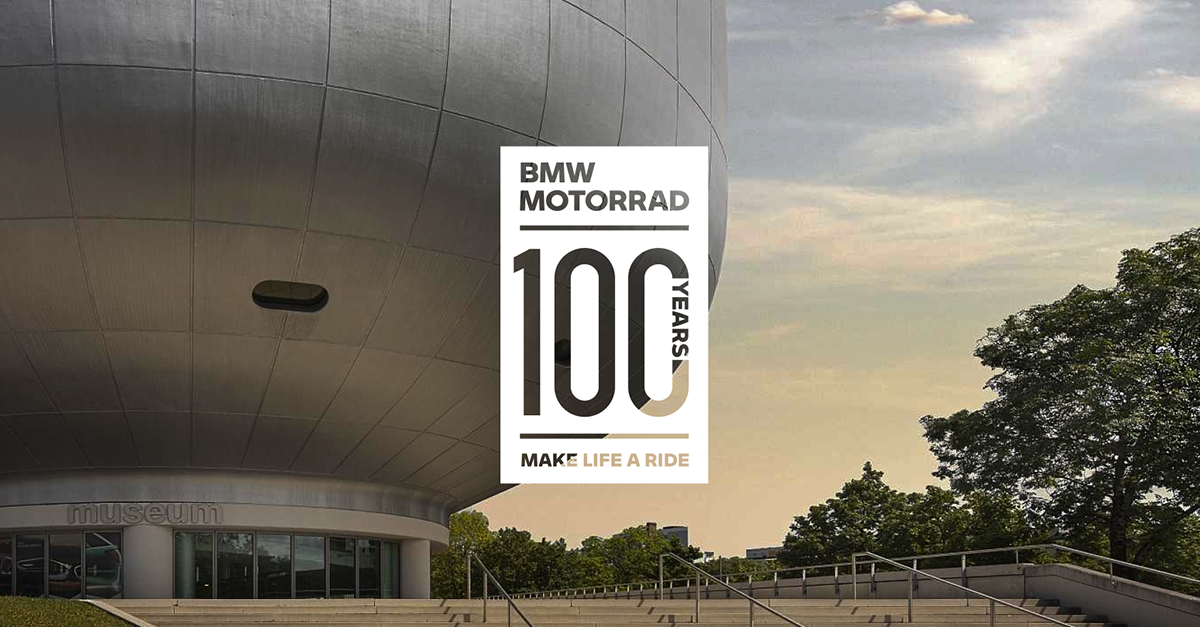5 ways to handle tricky clients as a designer
Boss your brand: How to build better relationships with your clients.
Whether you're a freelance designer or a fully-fledged creative studio, you wouldn't have a business without your clients. Sometimes there can be hurdles to overcome, however, in order to maintain a smooth, mutually beneficial relationship.
Managing difficult situations with clients can be one of the most challenging parts of life as a designer. Whether it’s chasing up overdue invoices, dealing with lots of amends or just good old-fashioned creative differences, it can get frustrating at times – but fear not, there are ways to smooth over even the rockiest terrain and keep everyone happy.
So read on for five common hurdles that you may face when dealing with clients as a designer, and how to overcome them...
01. You need to chase late invoices

This happens more than you'd expect, and everyone’s heard the horror stories of chasing invoices months or even years after their due date. But putting the right framework in place from the outset can work wonders. For a start, you're within your rights to ask for a deposit upfront – ideally 50 per cent.
For big, long-term projects, get a schedule in place for staged payments, so everyone knows what’s expected when. People are busy, and sometimes things fall through the cracks. Rather than panicking and chasing on (or after) the due date, drop a friendly reminder a week or so beforehand to make sure things are on track.
Over time it becomes easier to spot the early warning signs from late-paying clients, such as requests for additional time, elaborate excuses, and promises of the money coming 'soon'. But remember, not all unpaid fees are the work of invoice-dodgers. You might have a great relationship with a client who always pays on time, but if they run into financial difficulties, you may feel the knock-on impact. If a client can't pay you, arrange a meeting to try and resolve things before doing any more work.
02. Your job falls through last-minute

Winning a big new project is exciting, but don’t abandon other prospects until things are set in stone. If you clear your schedule to make way for work that hasn't been confirmed with a written contract, you could end up out of pocket if it falls through. Things can change at a moment's notice in this business, and it’s not always the client’s fault – they’re probably just as frustrated as you are, if not more so.
Face-to-face meetings are a great way to build stronger relationships and are much more personal than an email or phone call. If a prospective client is reluctant to let you visit them in person, or confirm anything in writing, that could be a warning sign. Likewise, if there's a high turnover of people and your point of contact keeps changing, that’s an alarm bell too.
Trust your intuition: if something doesn't add up, don't be afraid to ask questions. Stay in constant communication with your potential client, and make it clear that while you’ve pencilled the time in for them, you’ll have to keep your options open until the work is officially booked in. They should understand, and may also respect you more for it.
03. You have too many amends to deal with

No two clients are the same. Some are very hands-on and want to be involved at all stages of a project; others prefer to give you a brief and let you get on with it. It's important to get a sense, early on in a job, which kind of relationship is going to work best. Hands-on clients can be great if it's a healthy, two-way collaboration – but if they struggle to communicate what they want, it can be counterproductive.
You may have encountered clients who keep contradicting themselves with their tweaks and amends, or even change the brief entirely. That can delay the project, which affects both of you, and may have a knock-on effect on your other clients too. But before you get angry, remember they may be out of their comfort zone.
You can help manage this process from the outset before it gets out of hand. Take the time to explain the creative process to the client – don’t just assume they know what the different stages are. The more transparent and understanding you can be, the better, as it’s put your client at ease and make them feel more involved.
Decent T&Cs can help manage the time you spend on amends, as well as your client’s expectations from the outset. These could include, for example, restricting how many rounds of amends you include before charging extra. If a last-minute amend comes through too late, however, it pays to be using digital print and design company moo.com for your print work. According to the MOO Promise, if there's any kind of mistake – even if it's your fault – they'll fix it for free.
04. You struggle to maintain boundaries

To a reasonable degree, it's important that you're available when your clients need you. You should respond to queries promptly, and make time for meetings and conference calls. By involving your clients at all stages of the project, and talking them through your workflow, you'll strengthen any studio-client relationship and avoid any nasty surprises.
But there's a fine line between being flexible and sacrificing your personal life. It’s not a healthy client relationship if they call you at every hour of the day, and you drop whatever you're doing to cater to their needs immediately. Don't be afraid to calmly explain your normal working hours if you feel your work ethic is giving your client unreasonable expectations. Keep it friendly, rather than confrontational.
Even if it's a mutually beneficial relationship and you love working on the project, if one client accounts for a high percentage of your business or time, you're on shaky ground if that falls through. Generating new business should be an ongoing process, regardless of how well things are going – never let the demands of one client stop you seeking new ones.
05. You start to get complacent

If you can prove yourself indispensable, and become an integral part of your client's business model, you should be rewarded with a constant stream of business. Investing in a strong client relationship means long-term security, right?
Well, possibly. But don’t get complacent and just assume repeat business. Even if a project has gone brilliantly, both you and the client are happy and it was completed on time and under budget, more work is never an absolute certainty. Make it clear how you can continue to help their business moving forward, and look to establish yourself as the first port of call for design projects big or small.
There isn't a studio in the world that hasn't lost a client along the way. Your contact might leave, a rival studio may undercut you, or your differences may prove unresolvable despite your efforts. Don't be disheartened. Take what you can from the project and move on. But if you take the above advice on board and invest time and energy in fostering a strong, healthy client relationship, it should pay off.
Even the strongest client relationships have to start somewhere – so get your business cards out and spread the word. Digital print and design company moo.com can help you make a great first impression, and they've even provided some advice to improve your client relationships on their blog – so pop over and take a look.
Related articles:
- 10 steps to go freelance this year
- Pro's guide to creating memorable business cards
- How to project your work onto the global stage
- 6 sure-fire ways to build your creative network
- Nail the art of networking and get more from events
- 4 brilliant personal logos – and why they work
- 3 tips for crafting stunning print promo materials
- Create better business cards in less than 5 minutes
- 5 ways to earn more as a freelancer
Daily design news, reviews, how-tos and more, as picked by the editors.

Nick has worked with world-class agencies including Wolff Olins, Taxi Studio and Vault49 on brand storytelling, tone of voice and verbal strategy for global brands such as Virgin, TikTok, and Bite Back 2030. Nick launched the Brand Impact Awards in 2013 while editor of Computer Arts, and remains chair of judges. He's written for Creative Bloq on design and branding matters since the site's launch.
